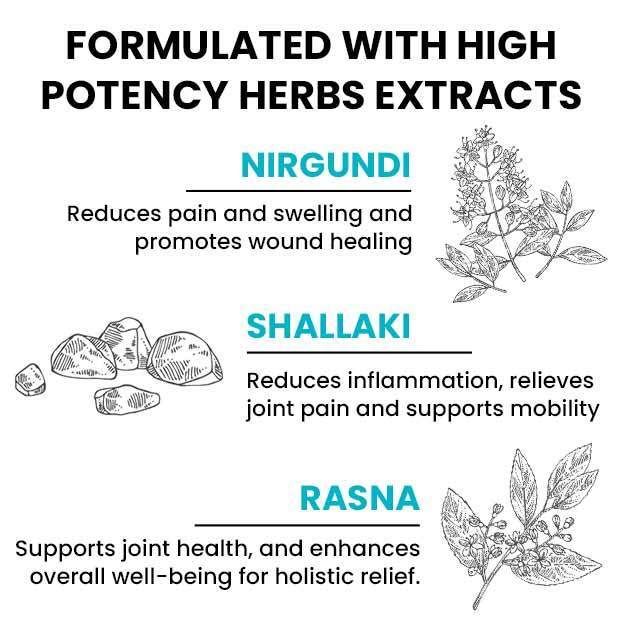Our age, weight, lifestyle, environmental factors like temperature, posture, repetitive strain injuries, and history of joint injury or a systemic disease like gout - all have a bearing on our joint health. Happily, there are several things we can do to maintain the range of motion of our joints.
Joints are structures in the body where two or more bones meet. There is an intricate network of connective tissues - ligaments and tendons, supporting muscles and fluid that work together to maintain the smooth movement and integrity of joints like our fingers, toes, ankles, wrists, knees, elbows, shoulders, hip and neck.
There are two types of joints in the human body: ball joints and hinge joints. And there are two types of movement possible with these joints: arthrokinetic and orthokinetic. Arthrokinetic movements comprise the gliding, rolling, spinning and compression of two or more bones in the joint. Orthokinetic movements are bigger movements, like the flexion, extension, abduction, adduction, internal rotation and external rotation of the joints.
Ball joints allow us to move in multiple directions. Case in point: our shoulders attach to upper arms at a ball-and-socket joint called the glenohumeral joint. This joint allows the arms to move up, down, side-to-side and rotate all the way around. The shoulder also allows the scapula - our shoulder blades - to move forward, back and from side to side. How momentous is this? Just think of the late Michael Jackson’s sensational shoulder isolations - they wouldn’t have been possible without amazing shoulder joint mobility. Another example of the ball joint is our hip (Michael Jackson’s Thriller video wouldn’t have been possible without a tremendous range of motion in this joint, too).
Hinge joints - like the joints in our knees, ankles, and even our fingers - allow less movement compared to ball joints but the movement is still significant. Example: each of our fingers has three joints that allow us to curl our fingers to make a fist, bend them slightly to type and grip a knife tightly to cut vegetables.
We all take our joints - and their range of motion - for granted until we experience pain or difficulty achieving these movements. Naturally, people with gout, arthritis, ACL injury, hip injury, cervical pain or any type of tendon injury would find it difficult to move the affected joints in the body. For them, physiotherapists have devised many effective programmes that vary with the type and severity of their condition. For everyone else, there are simple movements that we can do to reduce joint stiffness and maintain the health of our joints.
In this article, we’ll tell you about five things everyone who is healthy should do for joint mobility as soon as they get out of bed:



















